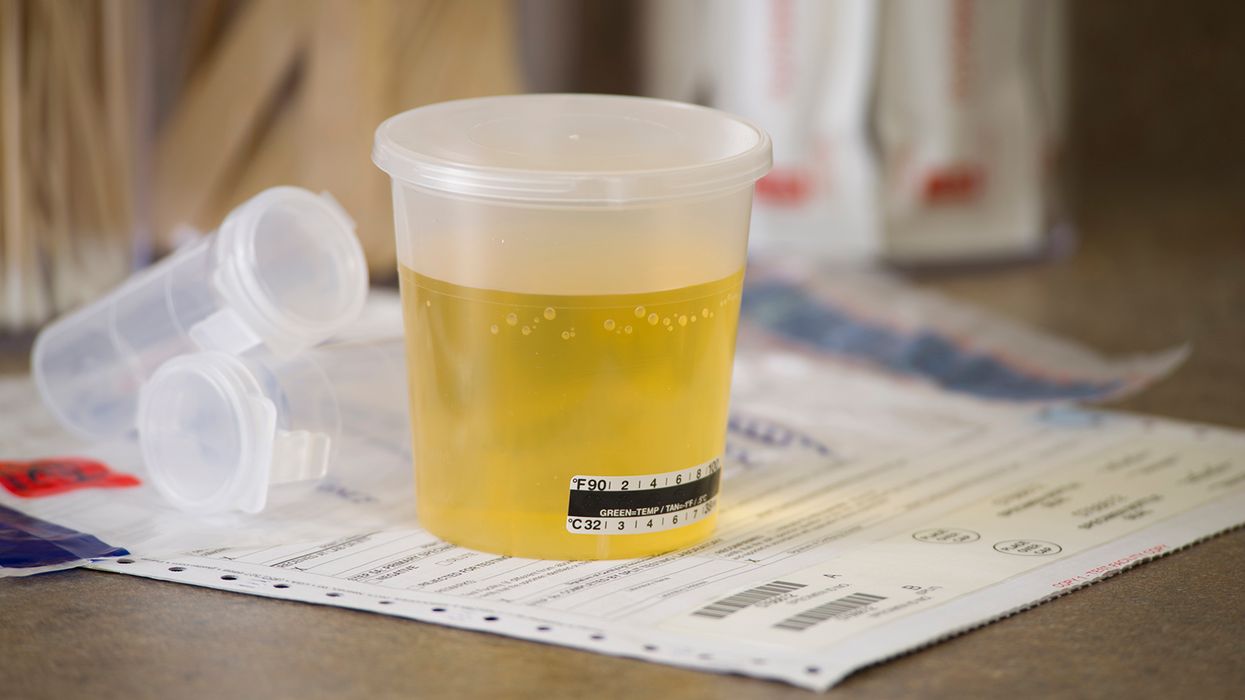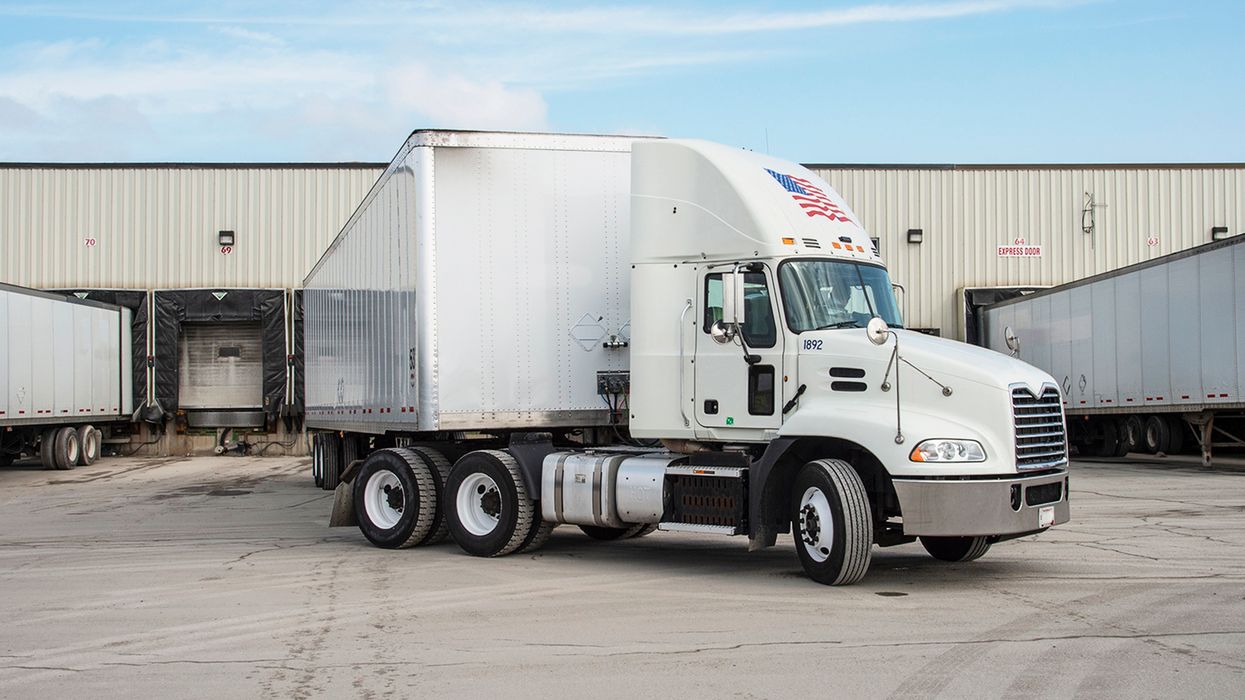No ‘ghosts’ allowed: DOT cracking down on ELD fraud
It’s a scary thought but it’s happening more and more: truck drivers falsifying their logs and falling asleep at the wheel.
Electronic logging devices (ELDs) were supposed to prevent log falsification, but drivers and motor carriers are finding their way around safeguards meant to prevent fraud — and it’s leading to serious crashes.
A fatal collision
A recent report from the National Transportation Safety Board (NTSB) highlights the issue and calls on the Federal Motor Carrier Safety Administration (FMCSA) to act.
The NTSB concluded that a truck driver involved in a fatal collision in Williamsburg, Virginia, not only falsified his electronic logs but got help doing it from his employer.
The motor carrier created fictitious driver accounts in its ELD system that allowed drivers to exceed the hours-of-service limits and drive while fatigued. Three people died and multiple more were injured in the Virginia crash between the semi-truck and a bus.
As a result, the NTSB is calling on the FMCSA to strengthen its ELD regulations to prevent the creation of fake driver accounts, and is also asking the enforcement community to be on the lookout for falsified ELD records. The FMCSA is expected to propose ELD rule changes sometime next year.
A non-existent co-driver
The FMCSA has been removing more and more non-compliant ELDs from the marketplace, but even compliant ELDs can be falsified, despite their safeguards.
In this case, the driver’s logs indicated that there was a co-driver who had put in a full 11 hours of driving the day before the crash, while the driver (the one involved in the crash) was allegedly resting in the sleeper berth for 24 hours. The driver even told investigators he had dropped off the co-driver at a truck stop just before the crash.
It was all a lie. The driver had been doing all the driving and had few opportunities for sleep in the hours and days before the crash.
It wasn’t an isolated incident. Investigators found that the company had in fact instructed all its drivers — with help from managers — to log out of their ELDs when they reached an hours-of-service limit, and then log in as a different “ghost” driver who did not exist. The drivers would get a fresh allotment of hours and all their driving hours from that point on would be attributed to the ghost driver, with no violations appearing on the logs.
The penalties are steep
Besides the obvious risk of causing a fatality and the litigation, nuclear verdicts, and even criminal penalties that can result, the FMCSA’s fines for ELD falsification can be steep. Creating a single false log carries a maximum penalty of over $15,000. A violation of the hours-of-service limits can cost a motor carrier nearly $19,000 per occurrence, and a driver nearly $5,000.
Keep in mind that “ghost” driver accounts are not allowed for any reason, even if they’re not used to hide violations. For example, motor carriers may be tempted to create ELD accounts used by multiple mechanics or yard jockeys, as a way to avoid having to deal with unassigned miles. These types of accounts are not allowed.
Each ELD account must be tied to an individual driver, with their unique name and driver’s license number. That account may be used only by that individual and no one else.
Key to remember: A deadly crash serves as a reminder that ELD accounts used by more than one driver are not allowed. The FMCSA is cracking down, and motor carriers who violate the rules face stiff penalties.


















































